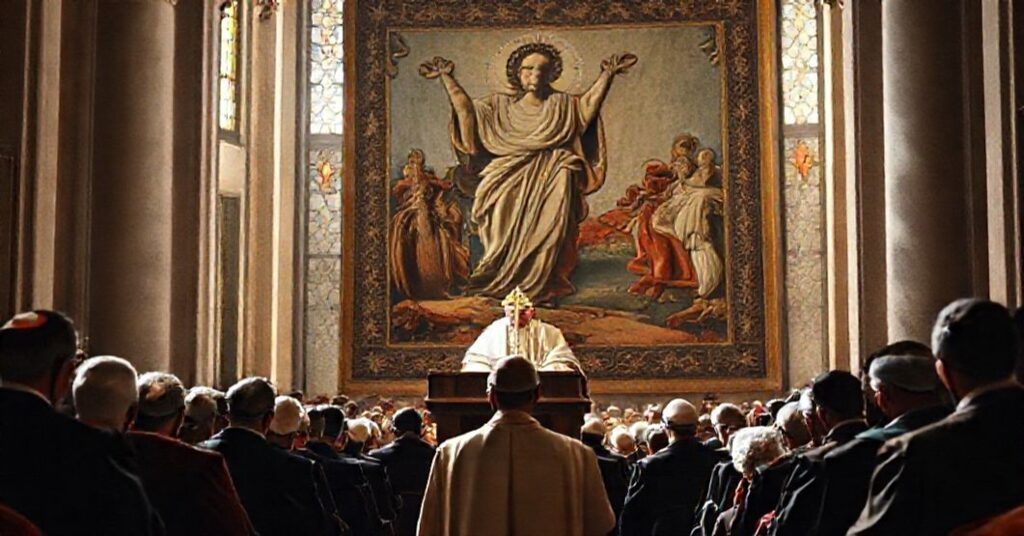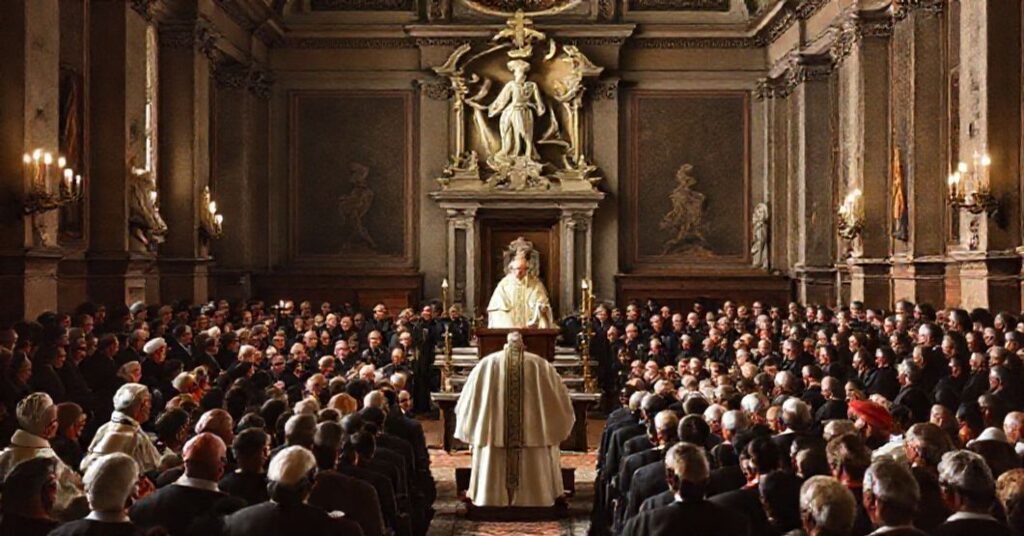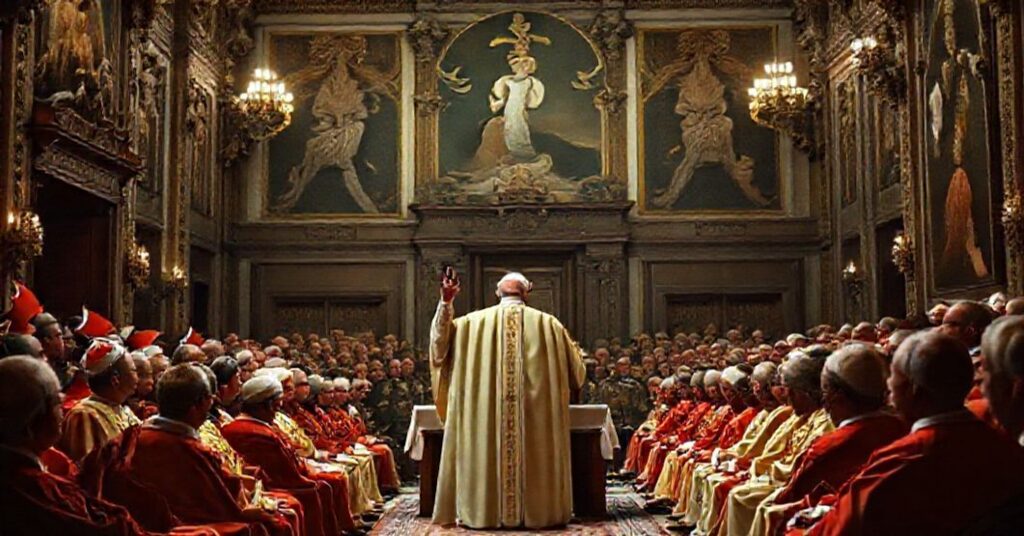Aeterna Dei sapientia (1961.11.11)
The text presented is the Latin encyclical “Aeterna Dei sapientia” of antipope John XXIII, issued 11 November 1961 on the 15th centenary of the death of St Leo the Great. It praises St Leo I as pope, doctor, defender of Christological orthodoxy and of Roman primacy, and uses his figure as a theological and rhetorical platform to prepare and legitimize the convocation of the so‑called Second Vatican Council and to promote a program of “visible unity” among all who bear the Christian name. The entire document culminates in the claim that the same faith, the same worship, and the same obedience to the Roman See require “all Christians” to converge toward one fold under one visible head, with Vatican II presented as the privileged instrument of this restoration of unity.










